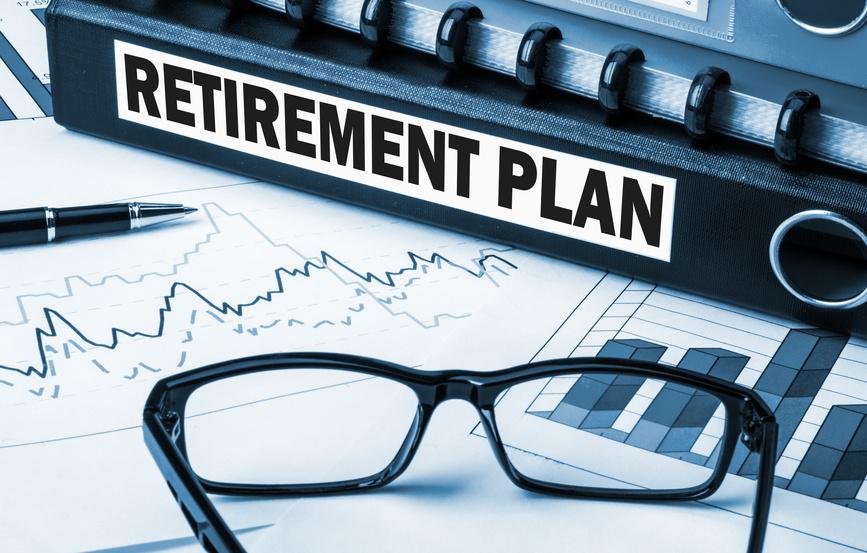
There are two main goals with your retirement portfolio: earning more money and protecting your savings. Younger investors are typically encouraged to take bolder steps and build more aggressive portfolios that will increase their net worth. As you get older and approach retirement, you want to shift from investments that increase in value to investments that generate income, such as trusts, income-generating closed-end funds, REITs, and rental properties. At the same time, you want to protect yourself from economic conditions outside of your control, and you need safe investment alternatives like precious metals including silver and gold.
The aim of your retirement investments should be an annual return over a 10 to 20-year average that exceeds your withdrawals. If you need to withdraw $40,000 a year, you don’t want that to diminish your savings. Here’s what an effective retirement portfolio looks like when you need retirement income:
#1 Rental Properties
Rental properties are a great source of regular income, especially if you live in a city where vacancy rates are low and rents are high. It’s a reliable and steady source of income. Keep in mind that there will be maintenance expenses and you may potentially want to hire a real estate management company if you don’t want to have to deal with the headaches of finding tenants and managing their complaints when things around the property need to be repaired. Do your research before becoming a landlord; if you buy the right property (or properties), real estate can provide you with a regular income.
#2 Income-Producing Investments
There is a wide range of investments that generate an income, including dividend income funds, income producing closed-end funds, and Real Estate Investment Trusts (or REITs). Dividend income funds manage dividend-paying stocks for you. They provide a steady investment stream with a largely hands-off approach. Experts suggest being cautious about dividend income funds that pay above average, as they probably come with higher risks.
Closed-end mutual funds, meanwhile, are a great alternative to ETFs. They are typically safer than ETFs from sudden crashes and they tend to produce higher levels of income.

#3 Safe Alternatives: Gold and Silver
Every smart retirement investment strategy should include silver and gold as safe alternatives to protect your investment. Both precious metals are hedges against inflation and are well-known for maintaining their value. When your shares and other investments suffer, the value of silver and gold typically go up. They help you manage risk and they are best held in physical silver and gold bullion, which you can purchase online from places like Silver Gold Bull.
When you’re looking to buy silver coins and bars, make sure you have a plan for storage. With silver, you may not physically have the room at home and you should look into allocated storage. If you do not already own any silver or gold, you can mitigate the risks of price increases or falls by using dollar cost averaging to increase your ownership. The one disadvantage of dollar cost averaging is that dealers like Silver Gold Bull often lower premiums for larger quantities of precious metals, as well as free shipping for larger orders.
With gold and silver in your portfolio (about 10 to 20 percent), you have a safe haven in times of crisis. The rest of your retirement portfolio should be focused on income generation so that you have a steady income to enjoy your golden years.







